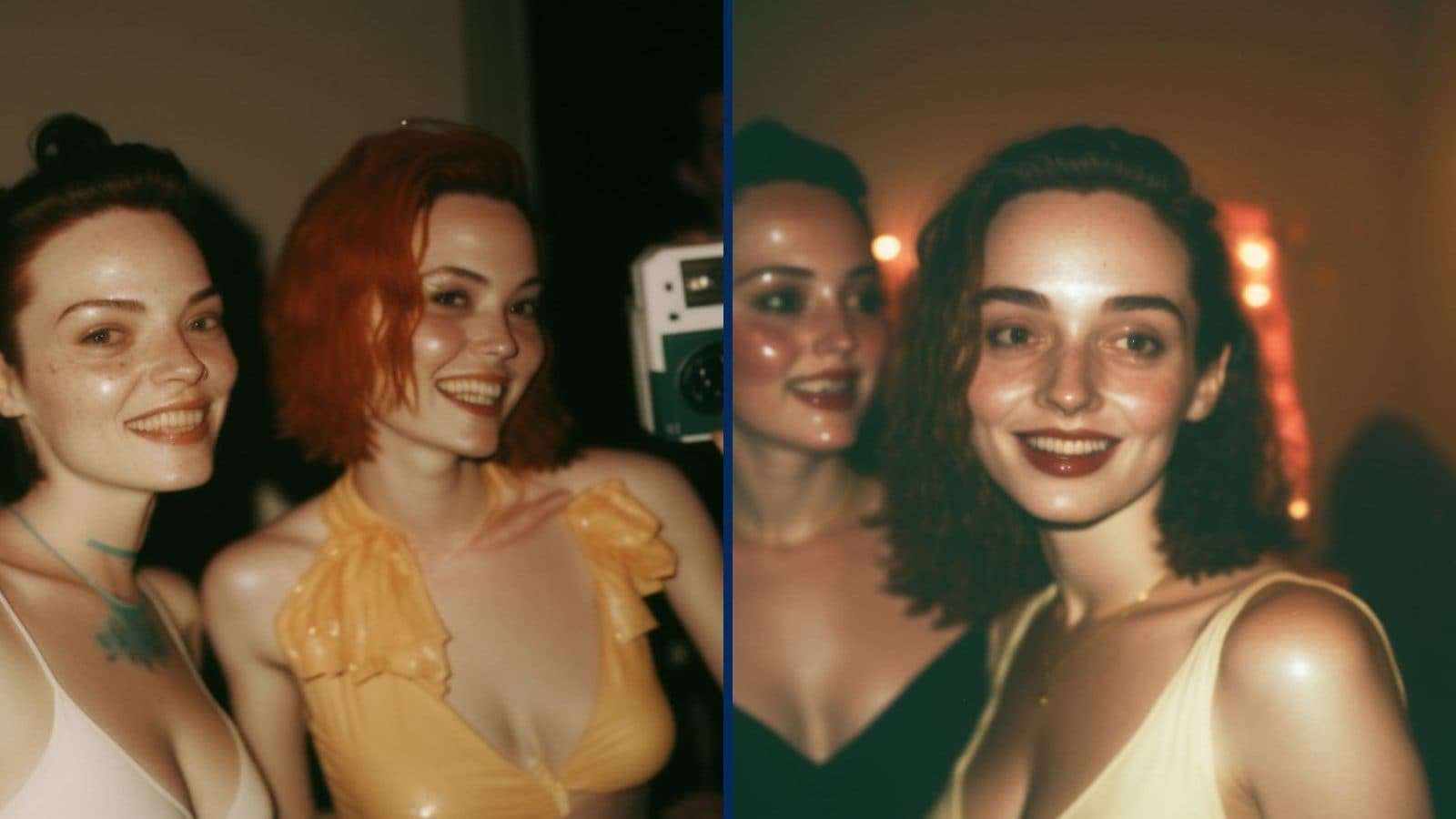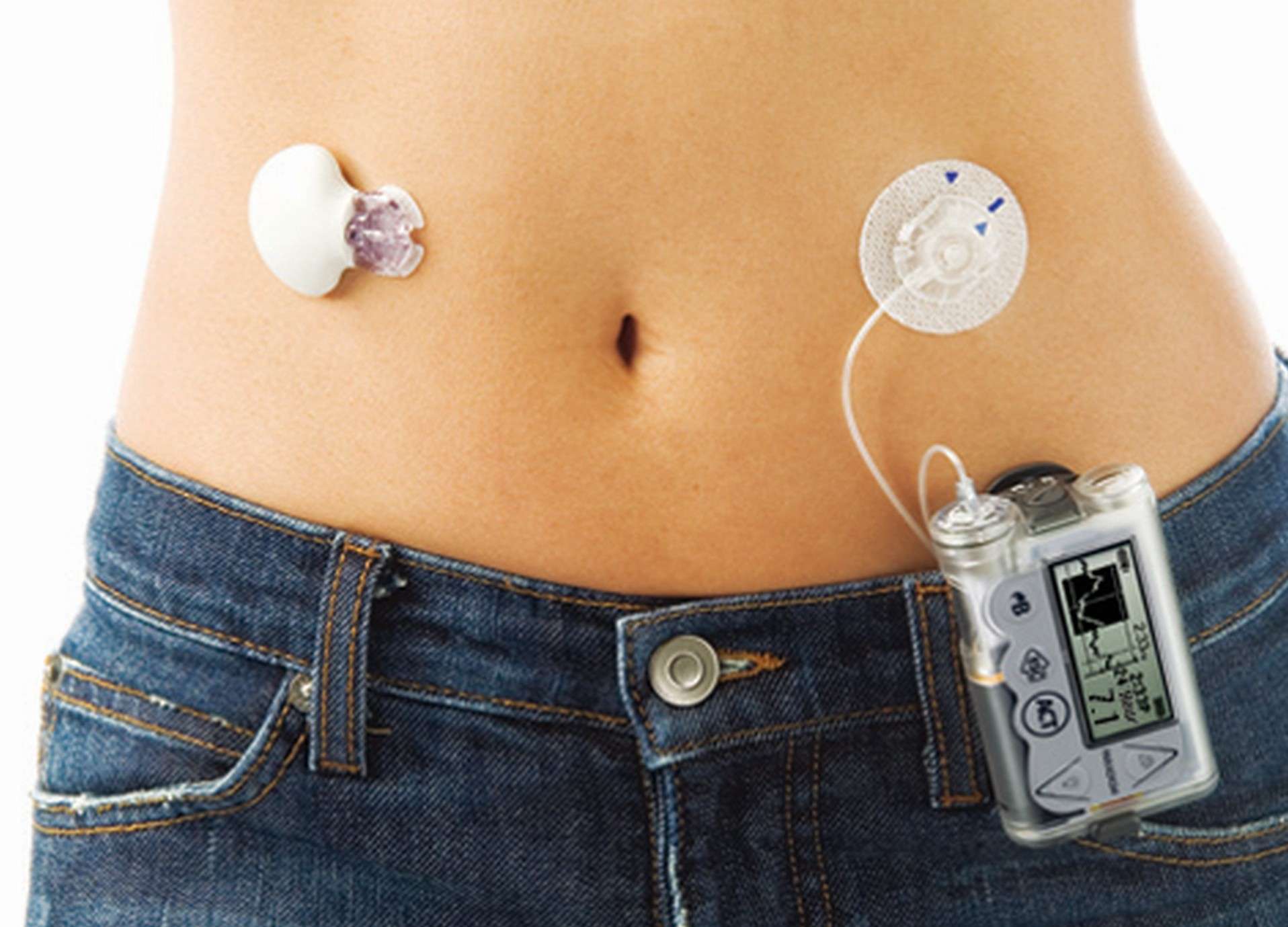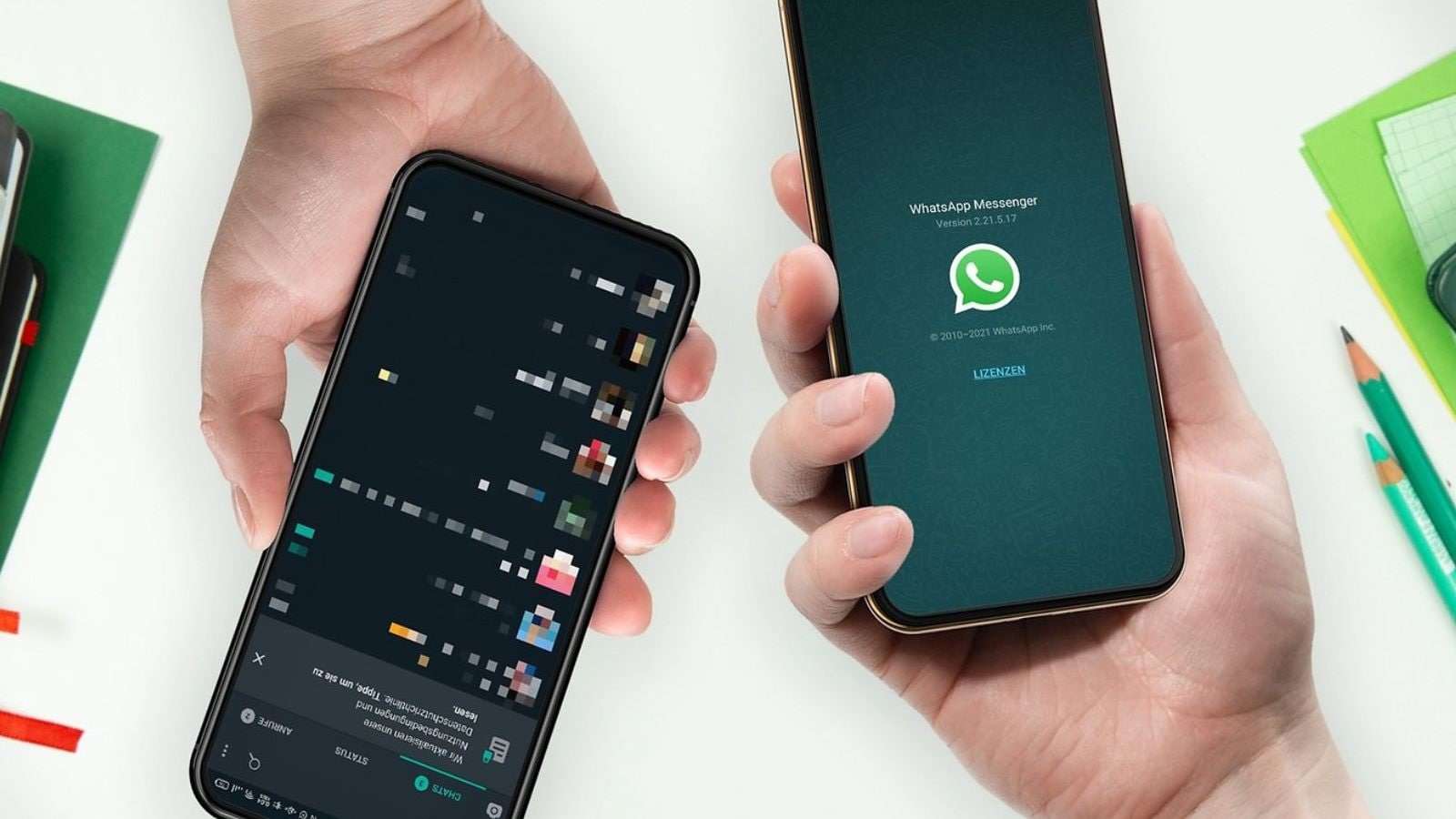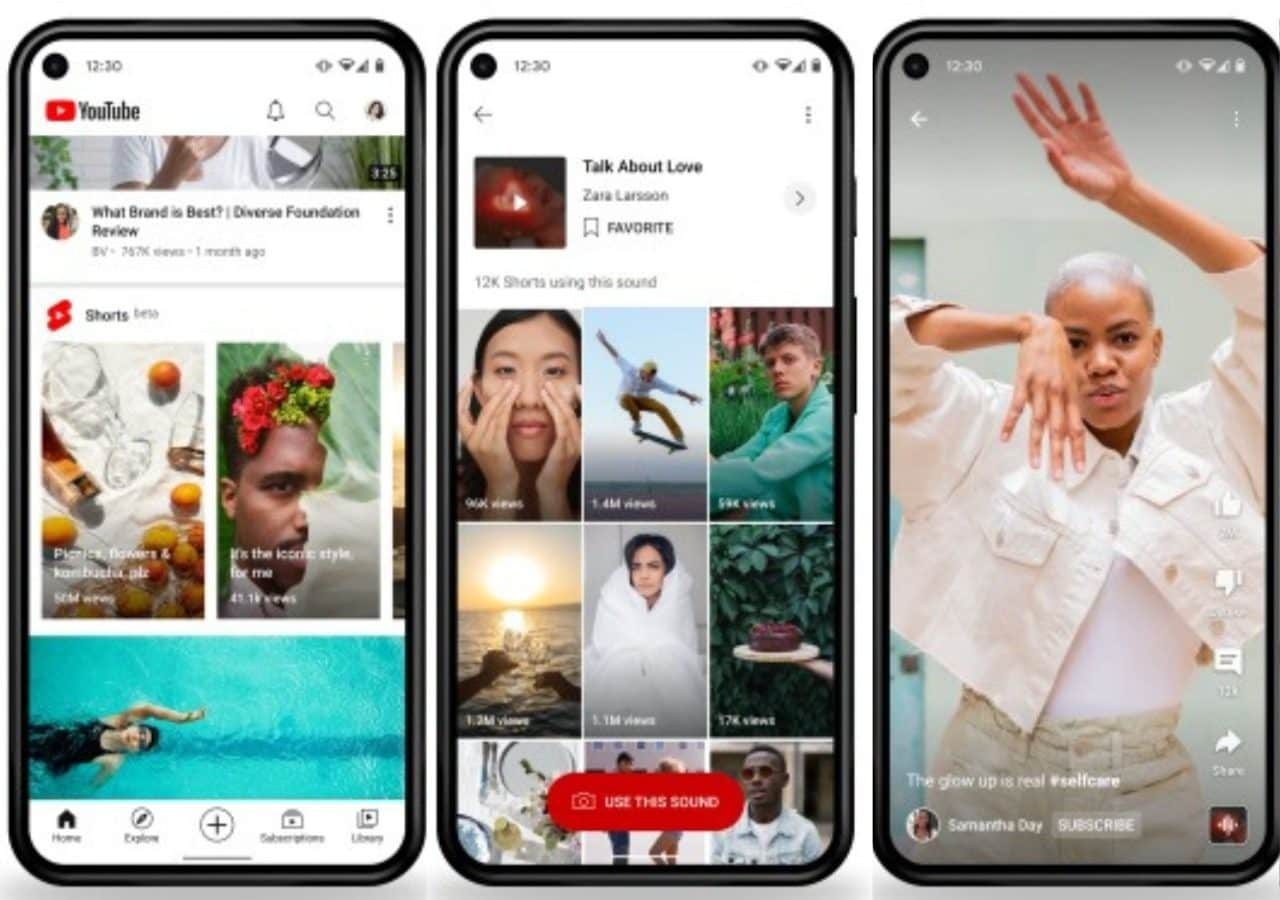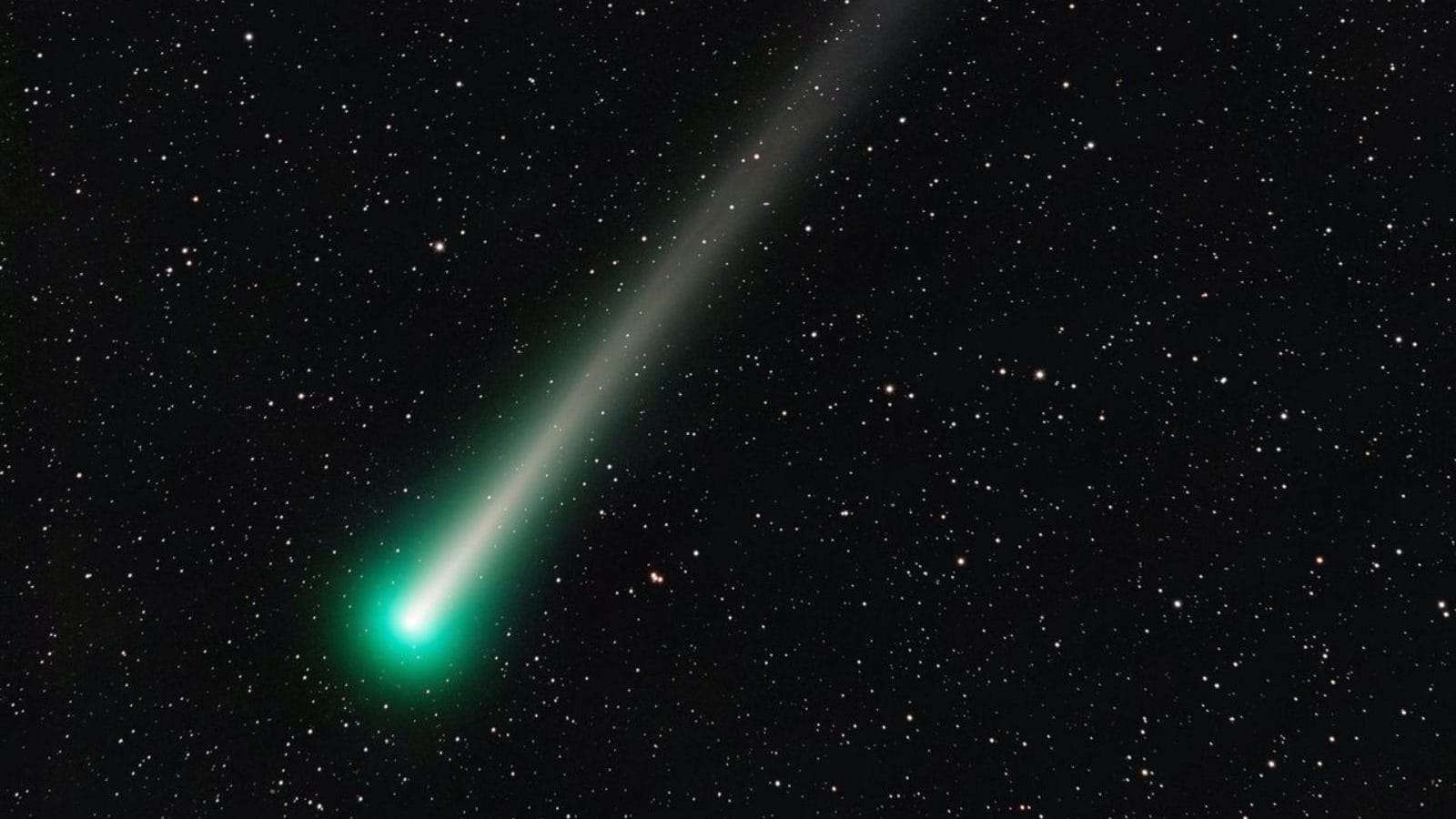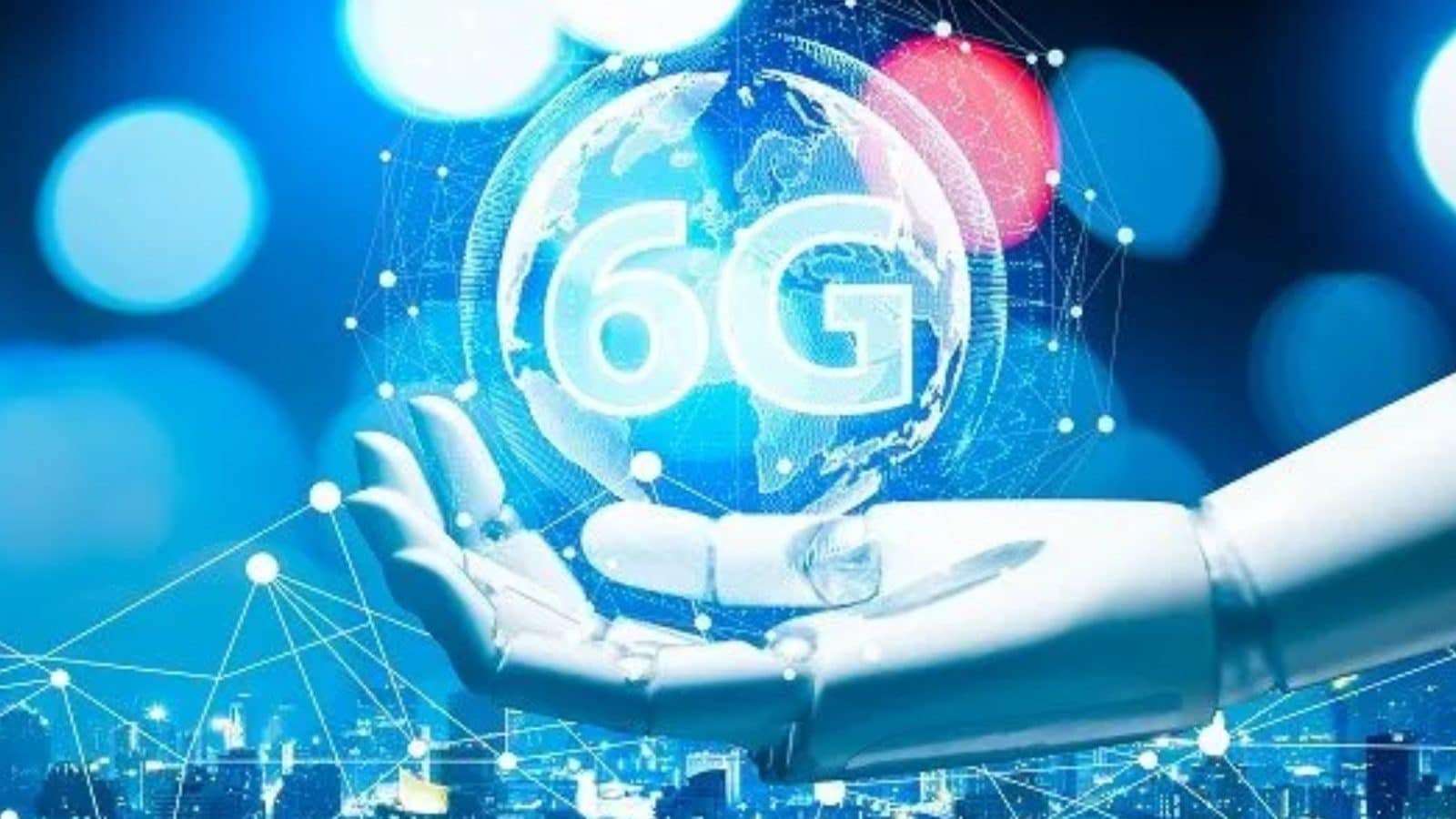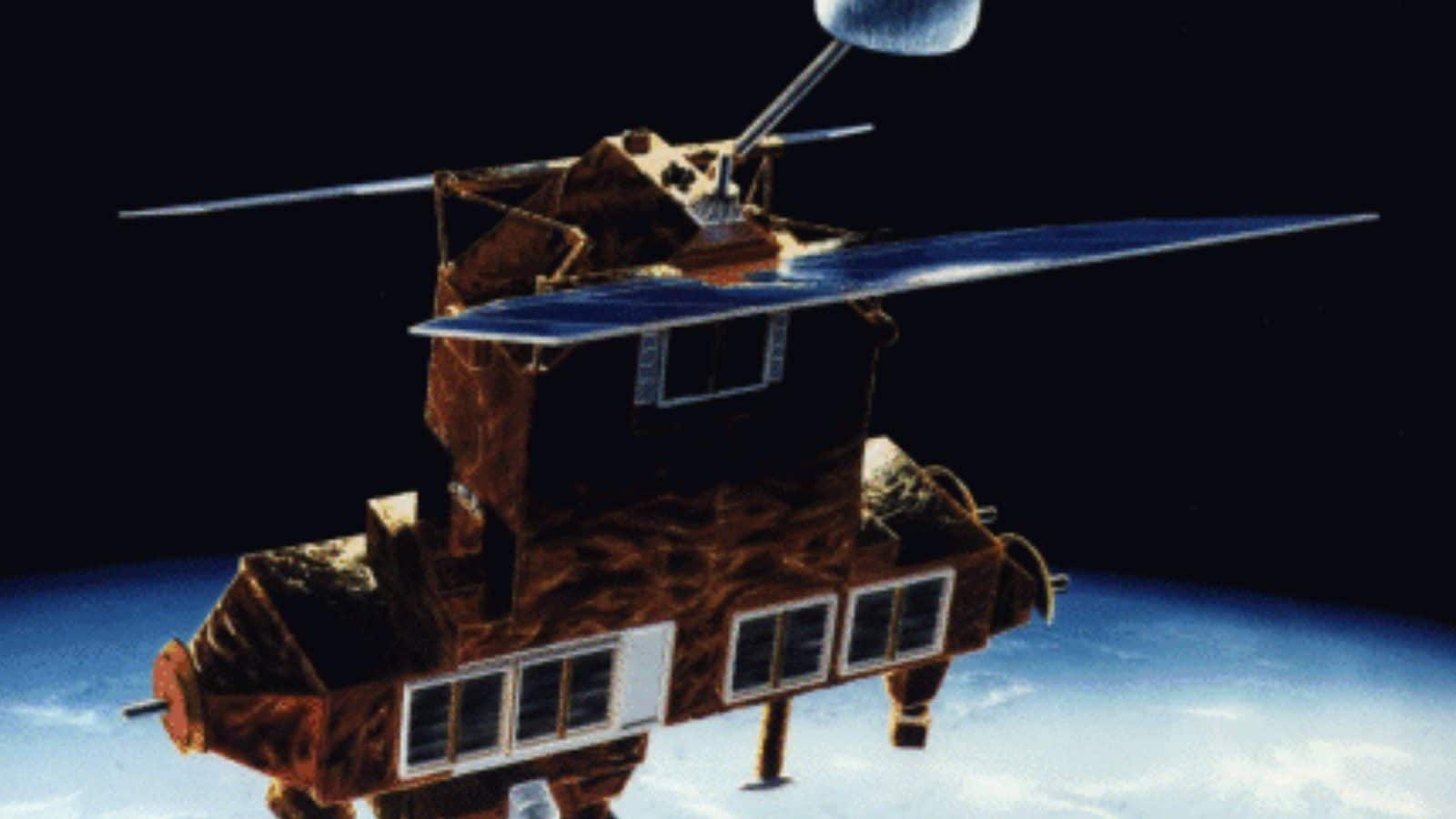The first IVF child was born in the world in 1978 to Louise Brown of Britain. With in-vitro fertilisation (IVF), the mother’s (the female) egg and the father’s (the male) sperm were removed from each other’s bodies and fertilised in a petri dish (or laboratory setup). The embryo’s biological mother or a surrogate woman’s womb was subsequently implanted with the womb, and the baby was eventually born.
The first “artificial womb factory” in history will soon deliver a child in a birth pod (like you may imagine in a science fiction story).According to the technology, parents can choose a baby’s characteristics, such as eye colour, height, and strength, from a menu.
The gene editing will be carried out using the CRISPR Cas-9 technique, which is not entirely new to the world.
This plan was conceived at the ECTOLIFE womb factory by Berlin-based biotechnologist and science communicator Hashem Al-Ghaili. He claims it will enable infertile couples to produce a kid and make them the “real biological parents of their own offspring.”
First artificial womb facility in the world
EctoLife creator Ghaili claims that his company’s approach is based on more than 50 years of ground-breaking scientific investigation.
According to Ghaili, the EctoLife artificial womb is intended to lessen human suffering and lower the likelihood of C-sections.
Premature births and C-sections will be a thing of the past thanks to EctoLife.
So when will this facility be ready to use?
“The ethical principles really determine the period. Currently, human embryo research is limited to 14 days “Ghaili spoke to Metro UK.
Embryos must be destroyed after 14 days for ethical reasons.
I estimate that it will take 10 to 15 years until EctoLife is generally used worldwide if these ethical constraints are lifted.
Hashem emphasises that the technology is currently accessible and that only ethical considerations are keeping the idea from becoming a reality. In order to make people more amenable to the technology, he continues, “add to that five years of public awareness and education.”
About Artificial Womb
EctoLife’s artificial womb enables your child to grow up in a germ-free environment. Every pod, according to Ghaili, is made to precisely duplicate the circumstances that present inside the mother’s uterus. One structure is capable of holding up to 30,000 lab-created babies annually.
Parents or Ectolife personnel will be able to view real-time statistics on the baby’s developmental progress on a smart digital screen. The data can also be seen using a mobile app. The pods’ sensors can monitor and display the baby’s vital signs, such as heart rate, temperature, blood pressure, breathing rate, and oxygen saturation.
The inbuilt speakers of the pods will allow the parents to play a playlist for the infant. If parents so choose, the Artificial Intelligence (AI) setup can also detect potential genetic problems. Renewable energy sources will be used to power the factory.
Each pod group has a connection to two central bioreactors. A liquid solution that simulates the amniotic fluid that surrounds infants in the mother’s uterus will be present in one bioreactor. The second bioreactor is intended to remove any waste materials generated by the infants, who are delivered via a synthetic umbilical cord.
What about the baby’s birth?
Pushing a button initiates childbirth once the infant has reached full term, whenever the parents choose. You will have no trouble removing your child from the growth pod once the artificial womb has been cleared of amniotic fluid.
The idea’s creator, biotechnologist Hashem Al-Ghaili, claims it offers a solution for women who had their uterus surgically removed owing to cancer or other issues. It may also be useful for nations like Bulgaria and Japan, which are experiencing a significant population decrease.
But in a poll conducted directly after the Metro.co.uk article asking readers whether they thought this was a good idea, nearly 80% said no, preferring to let nature take its own course.


